Roseate Skimmer
Needham’s Skimmer
Common Green Darner
Seaside Dragonlet
The Seaside Dragonlet, Erythrodiplax berenice, is the only North American dragonfly that breeds in saltwater.
Native to Florida, these small dragonflies can be found in mangrove swamps, salt marshes, and coastal strands throughout Florida. Adult males are a dusty dark blue, juveniles are yellow and black, and adult females’ color varies. Seaside Dragonlets dine on other insects and can be seen year-round near Florida’s coasts.
Eastern Pondhawk Dragonfly
Common throughout the eastern United States and parts of Canada and Central America, Eastern Pondhawks, E. simplicicollis simplicicollis, are often found near still waters in wetlands and near ponds. Females are bright green with black markings on their abdomen. Males are blue with beautiful green faces.
Eastern Pondhawks will dash from their perch on plants near the ground to snatch prey which includes damselflies and other insects. They will carry their meal off to eat at a suitable place.
With only an average reproductive life of 10 days, reproduction occurs often and sometimes more than once a day. Mating occurs on vegetation and the female deposits her eggs on the water within a minute.
Fun fact: Dragonfly fossils have been dated at over 300 million years old. This means that dragonflies existed more than 100 million years before dinosaurs!
Photo Credit: Dan Kon
Halloween Pennant Dragonfly
Halloween Pennant Dragonfly (Celithemis eponina).
This not-so-spooky dragonfly gets its name from its orange and black coloring. Yellow markings can be found on females and juvenile males. As males mature, their coloring starts to turn into a more vibrant color of orange. This is the largest species of pennant dragonfly in eastern North America. They can commonly be found around lakes, streams, or other wetland areas and are most active in the morning.

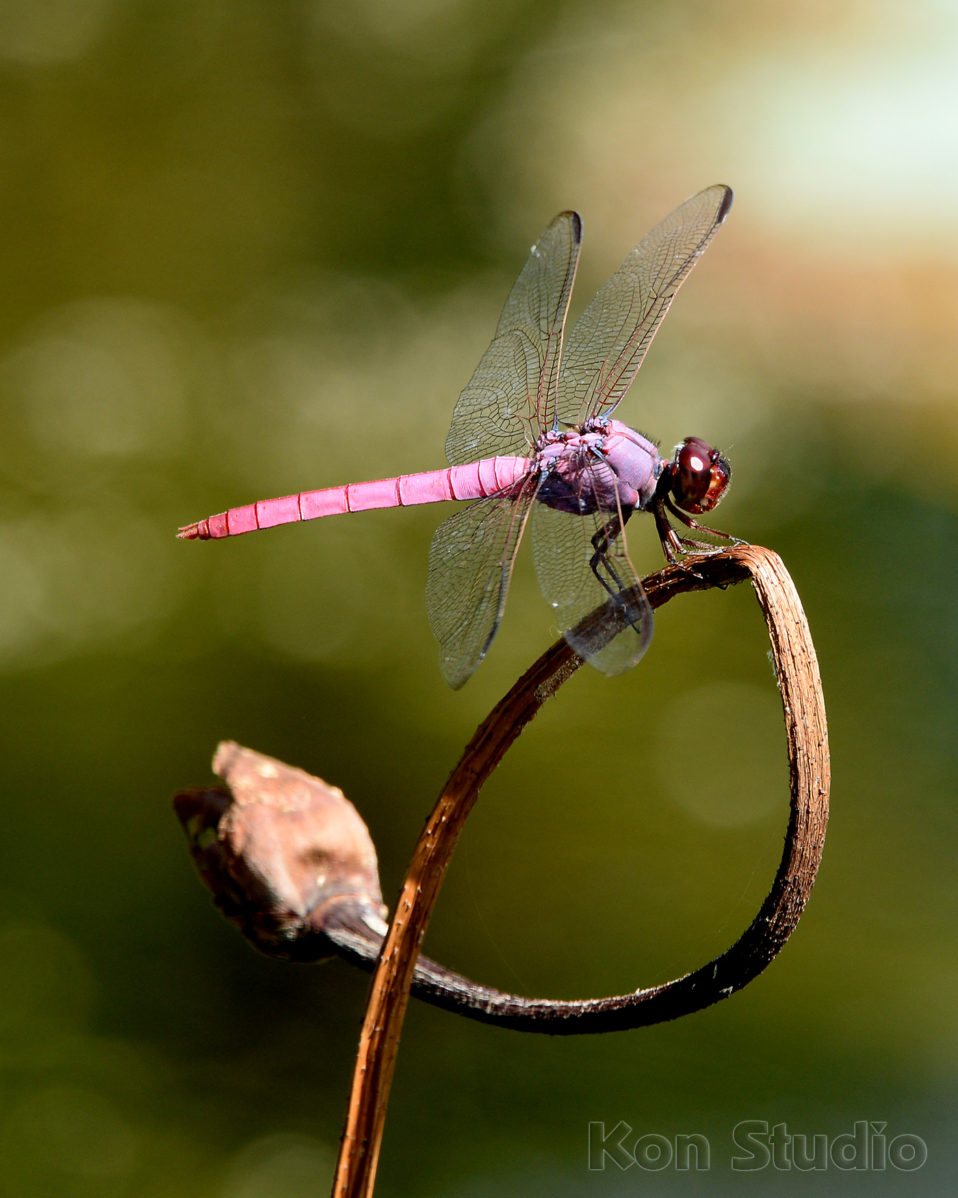
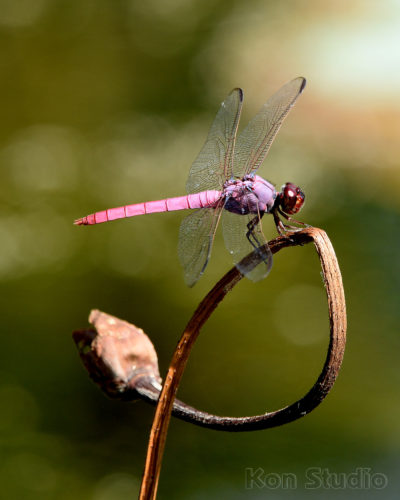
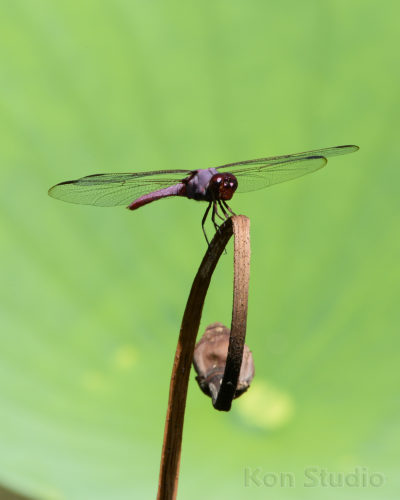
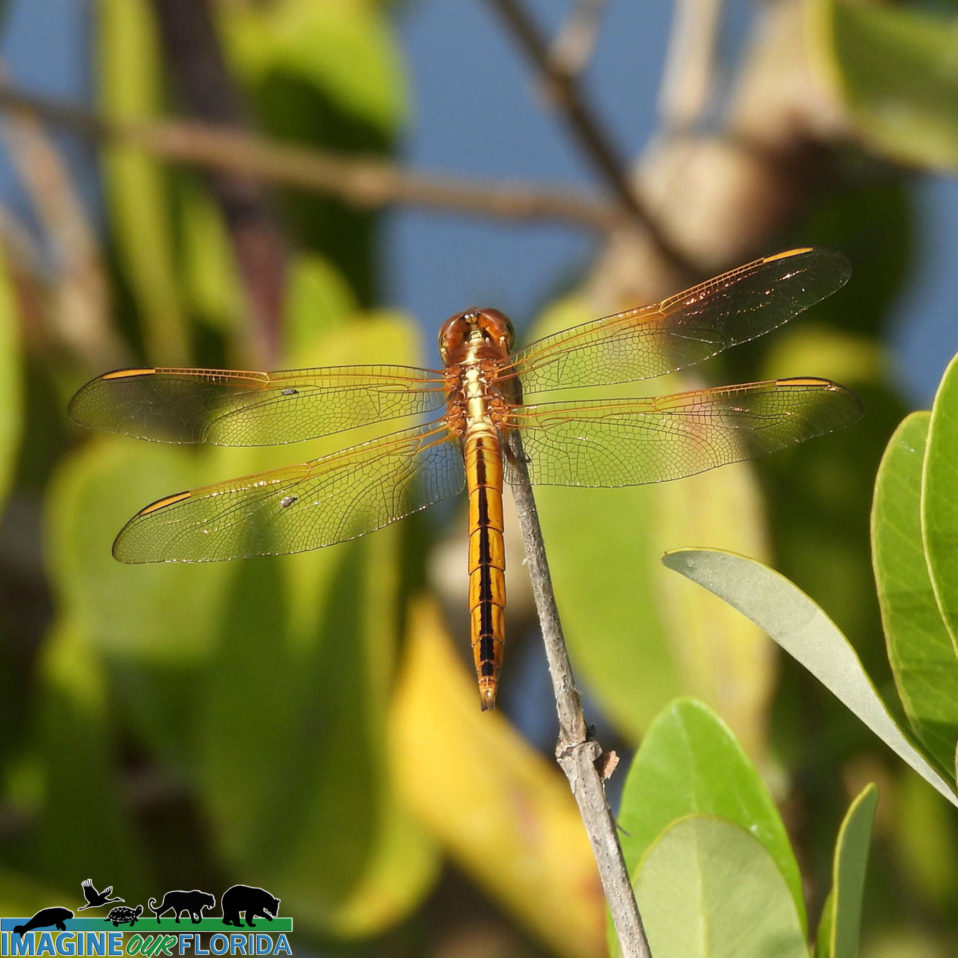
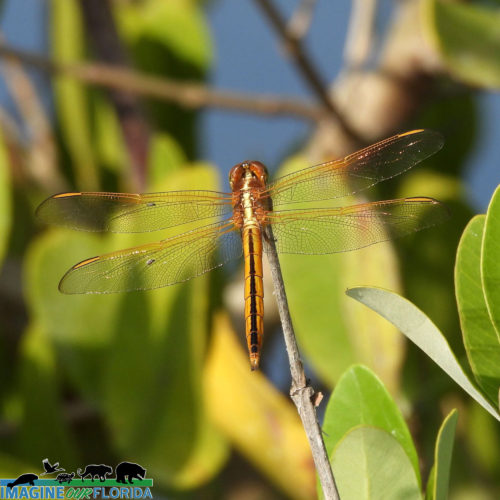
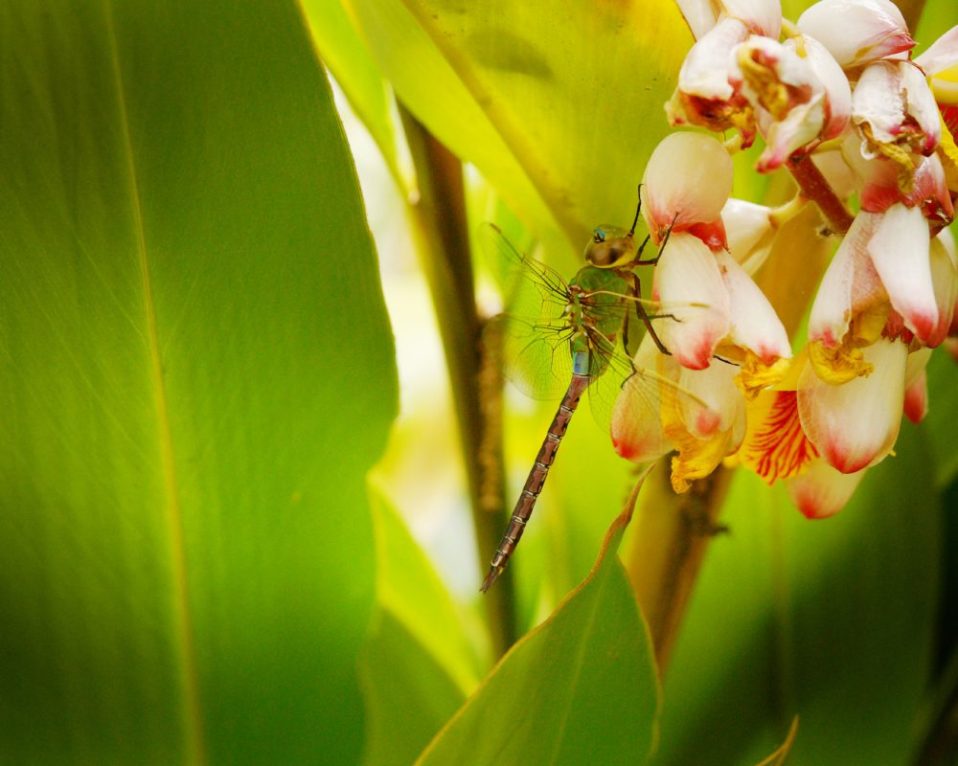
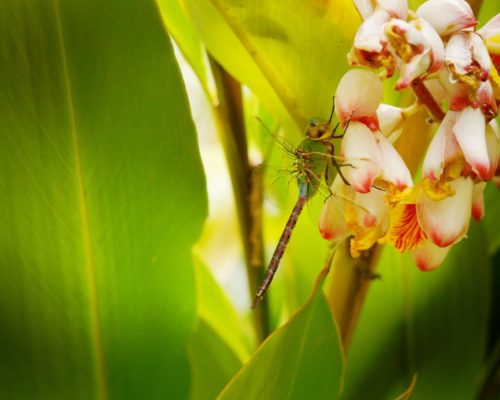
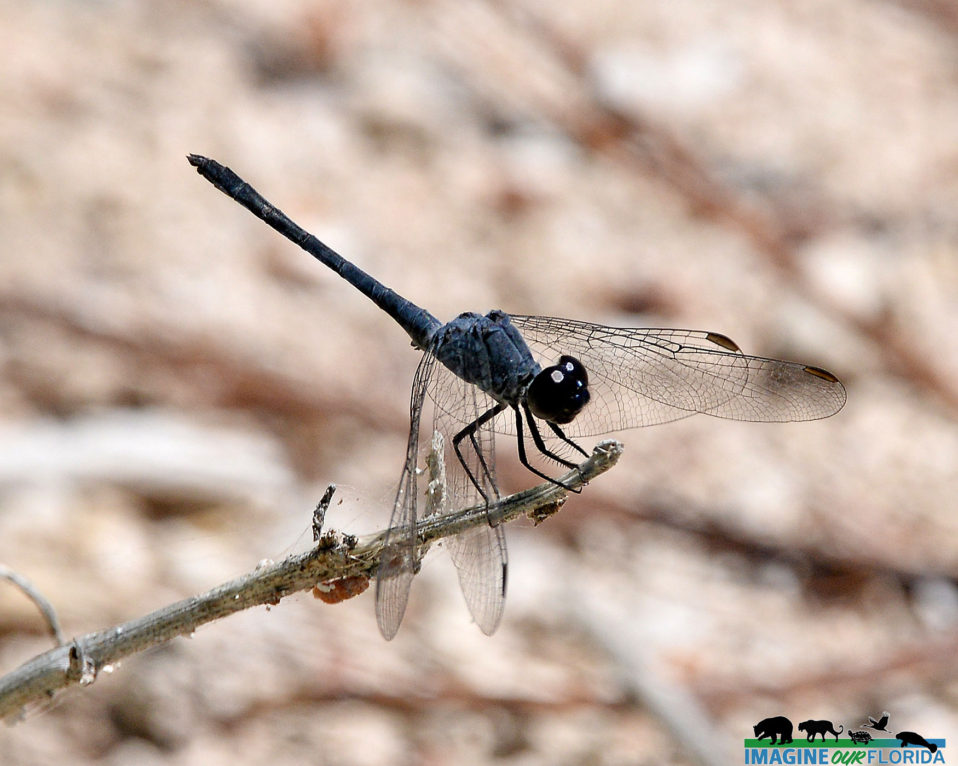
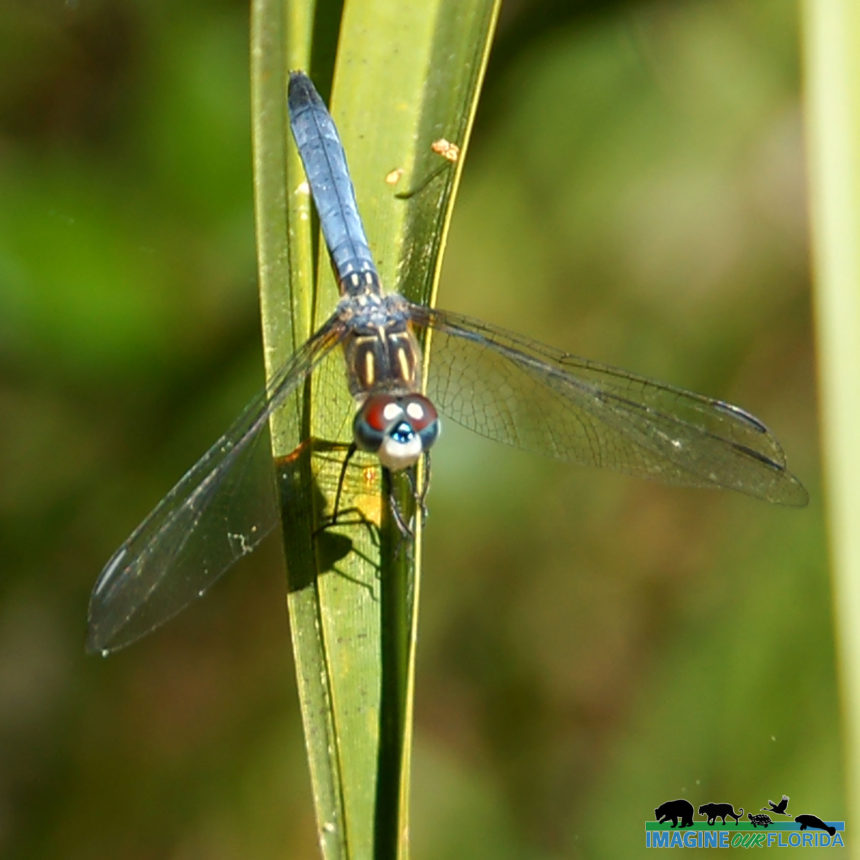
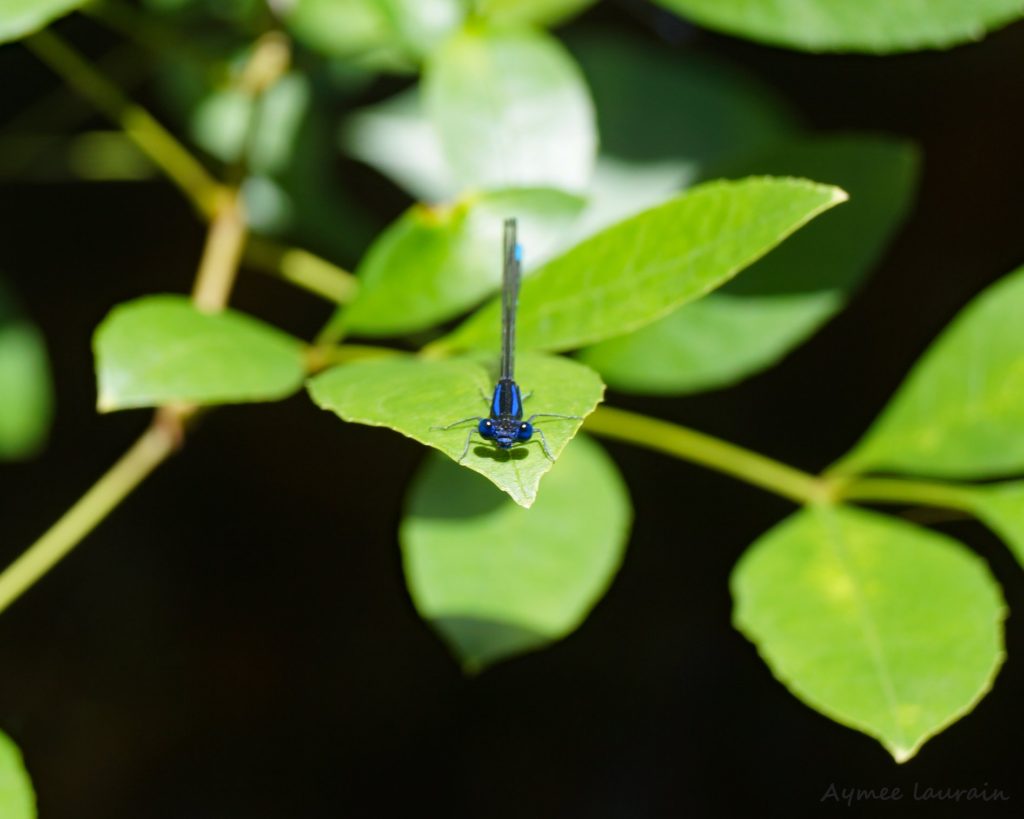
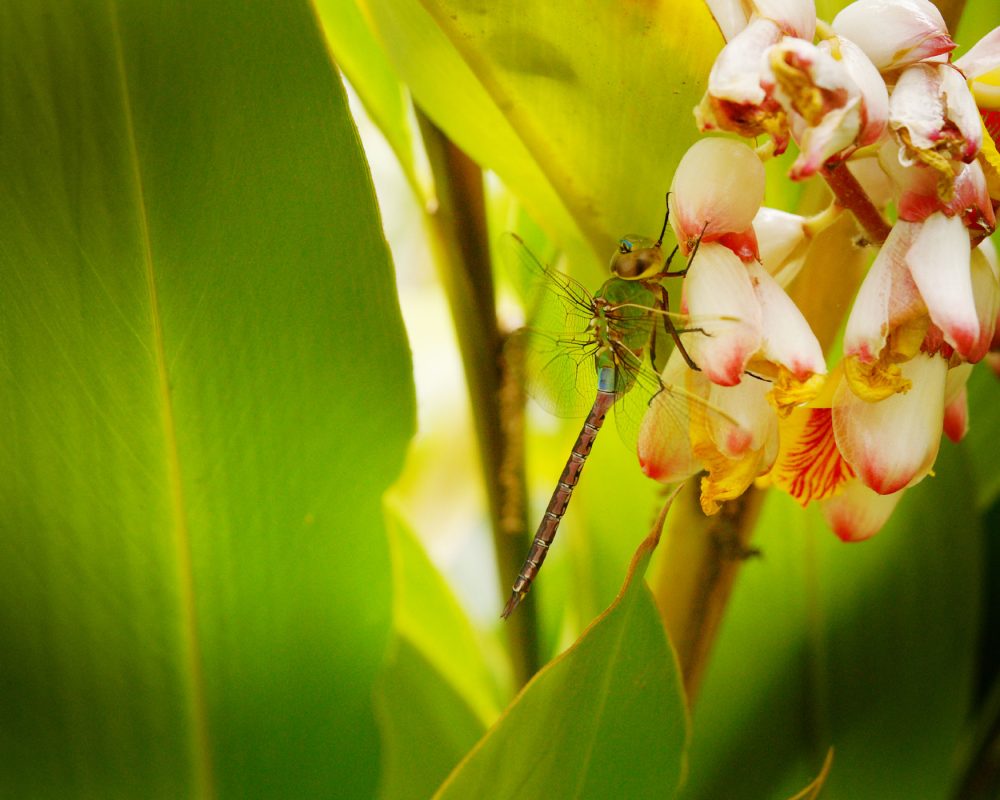
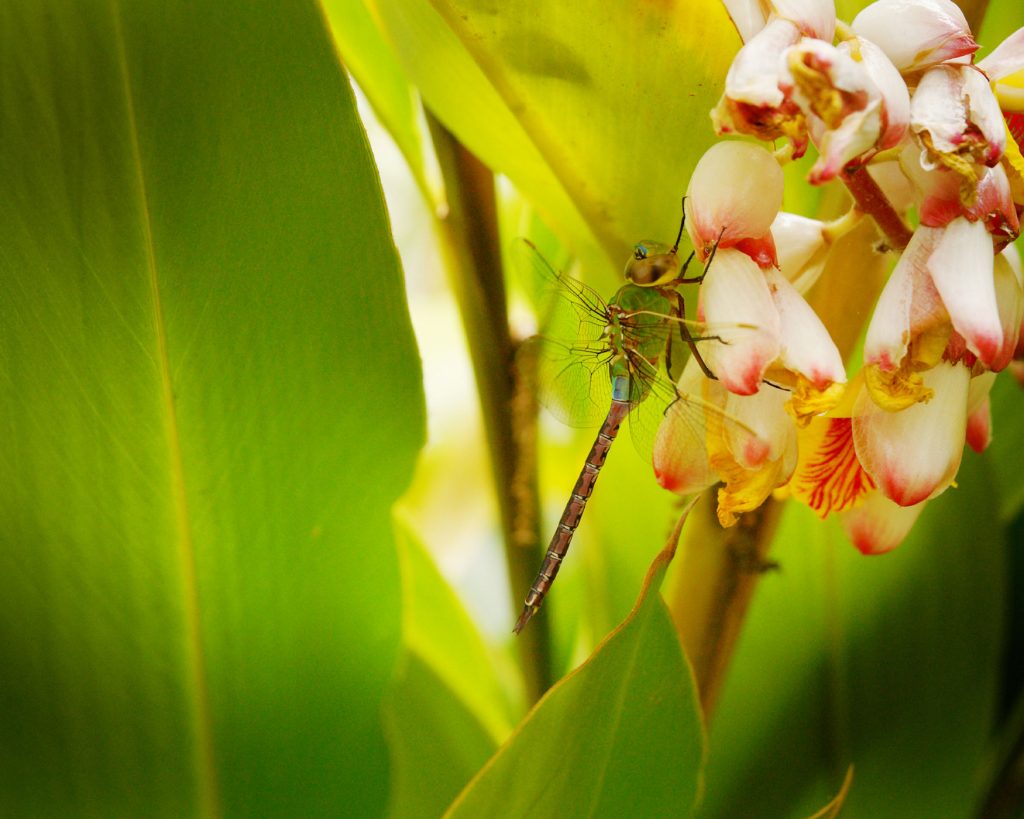
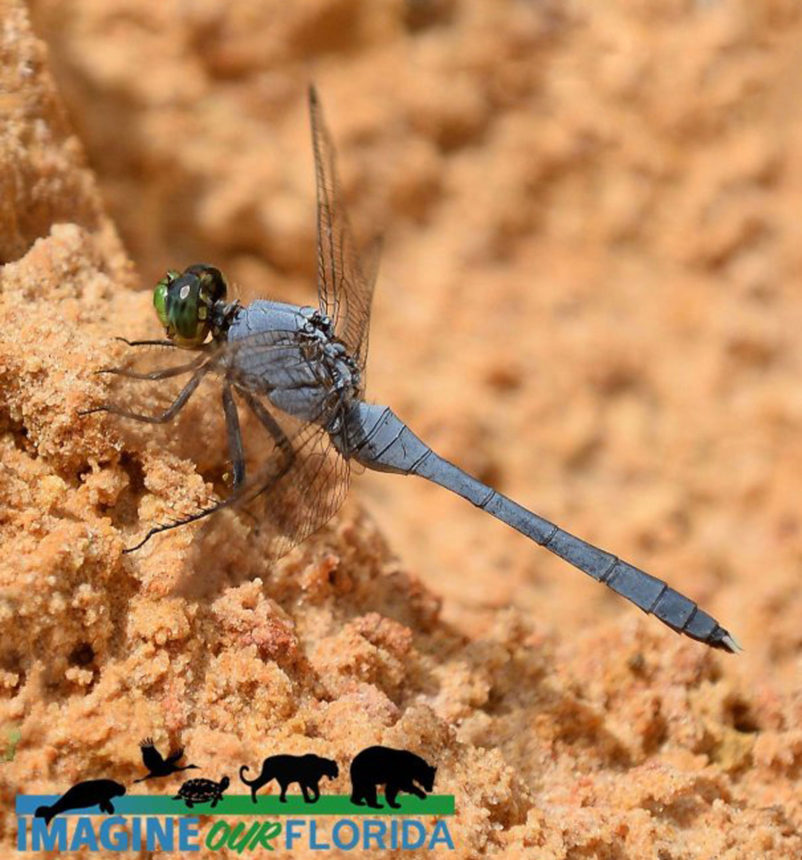
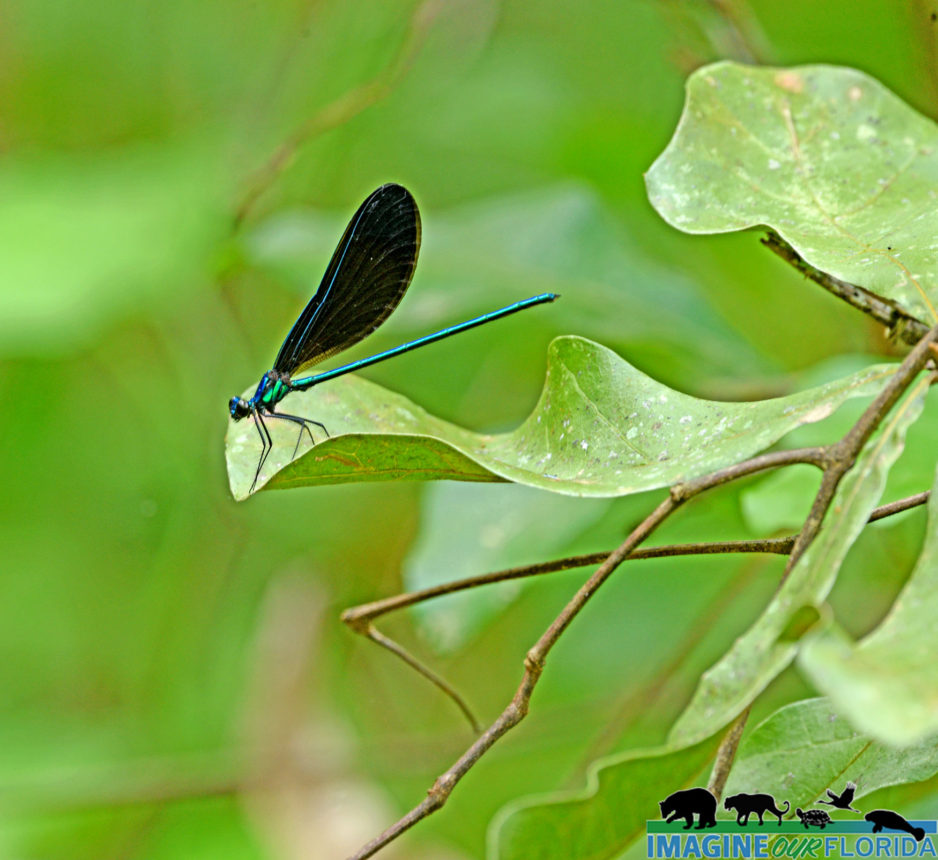
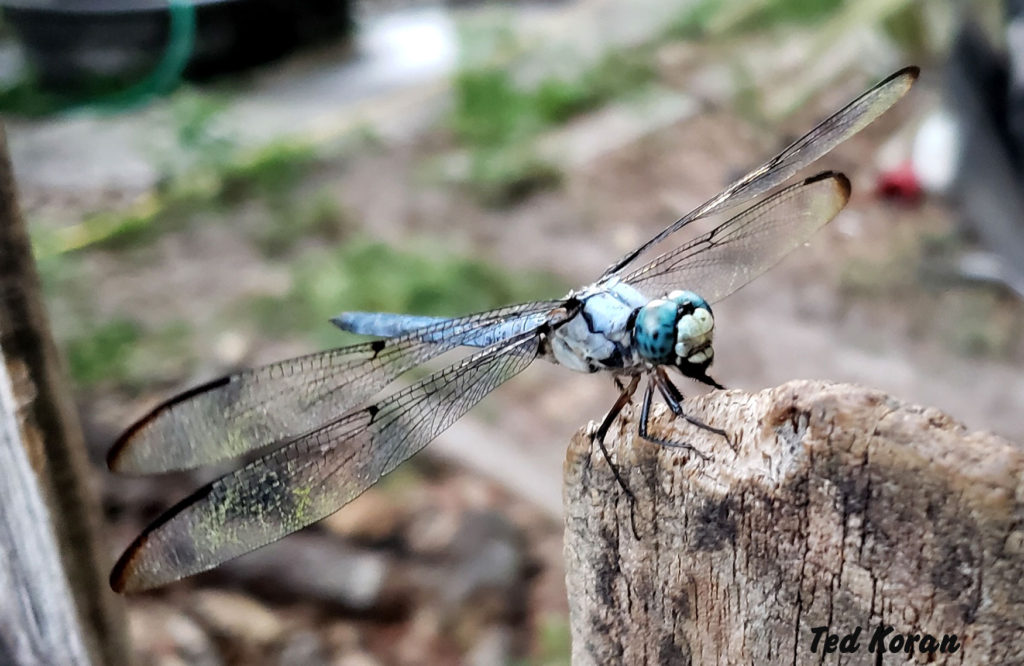
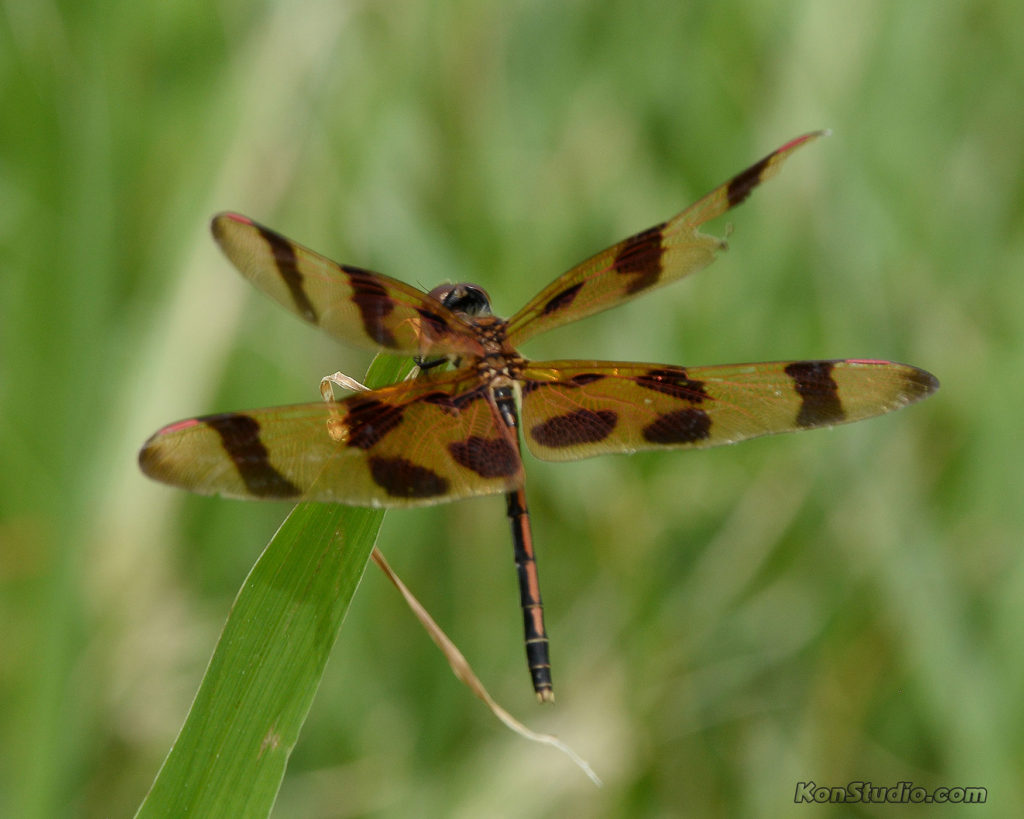
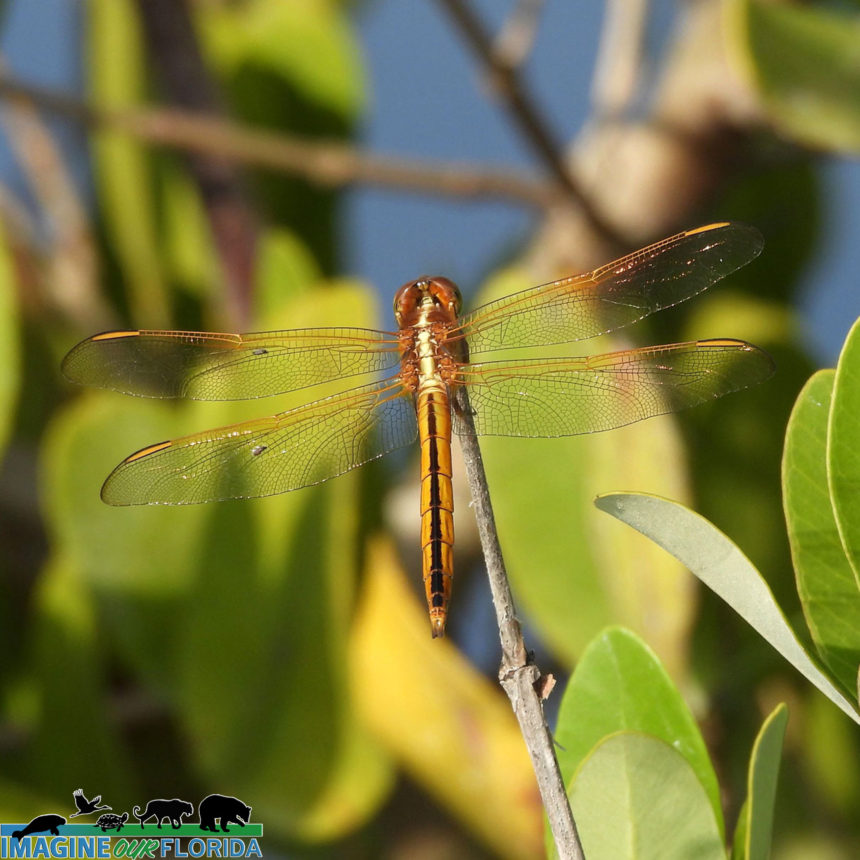
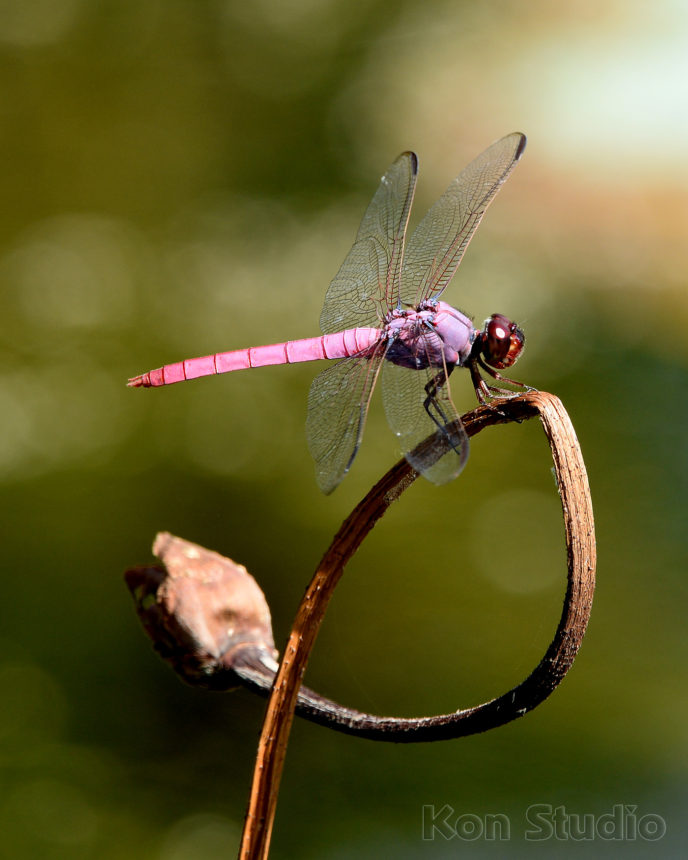
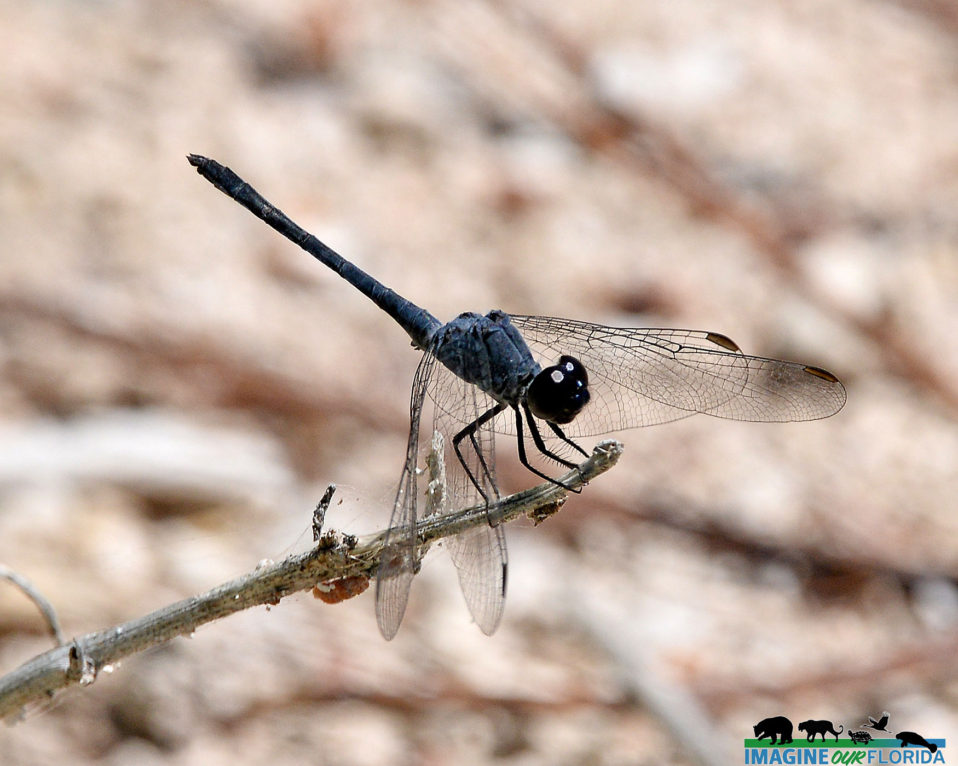
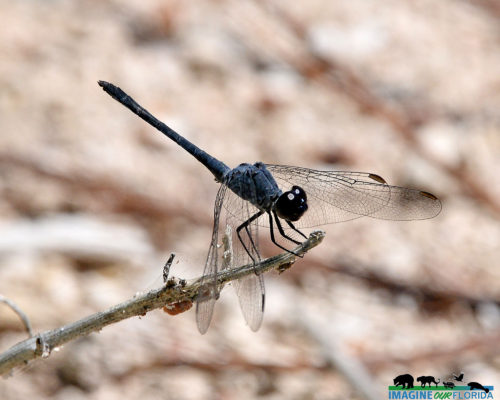
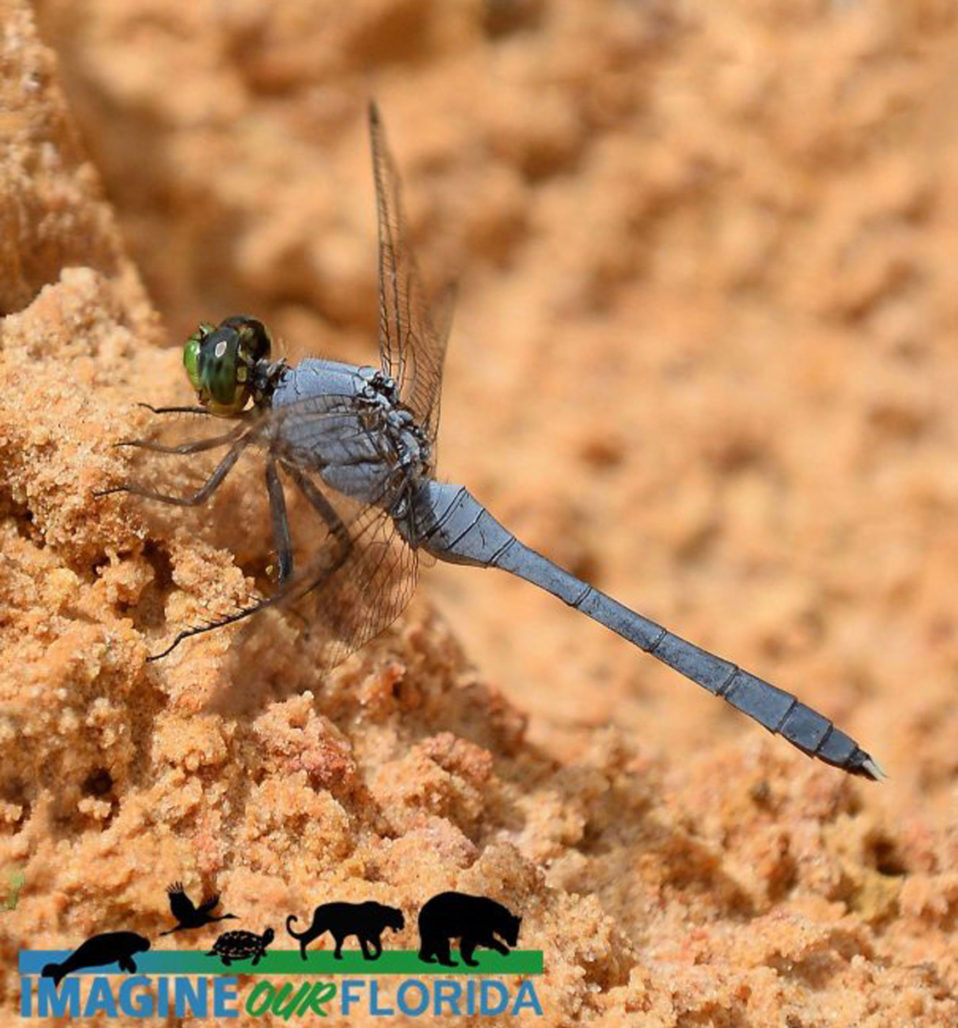
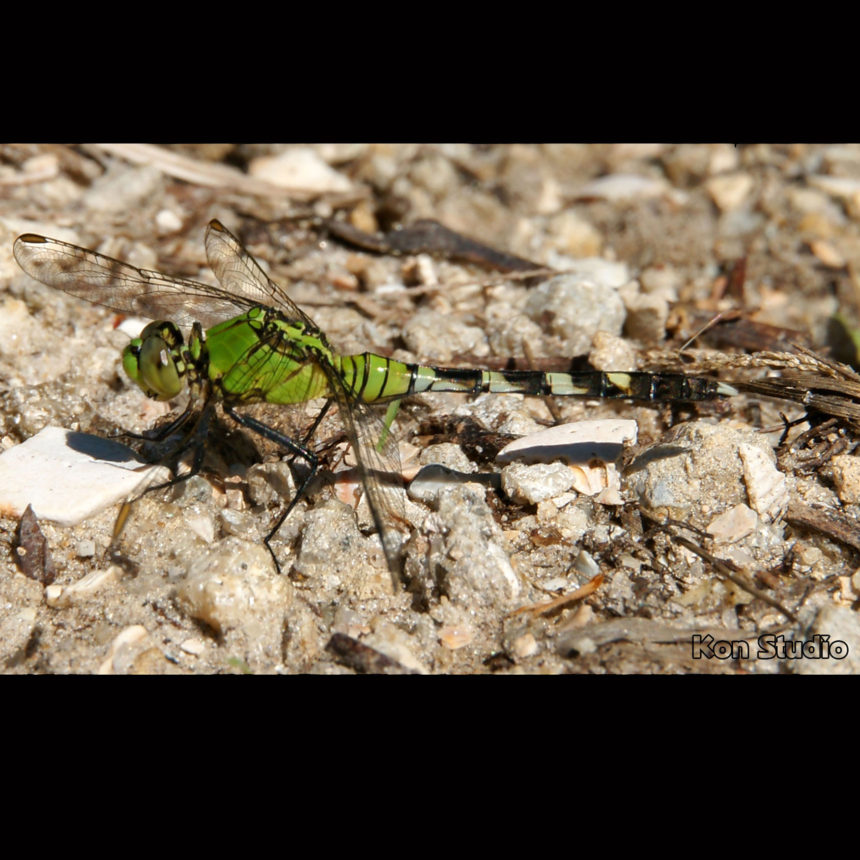
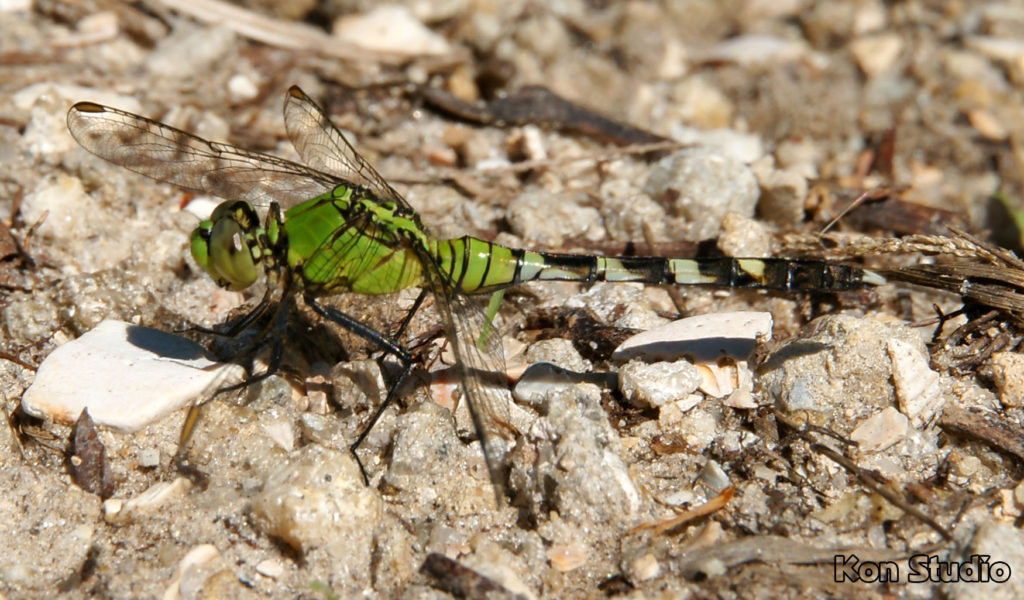
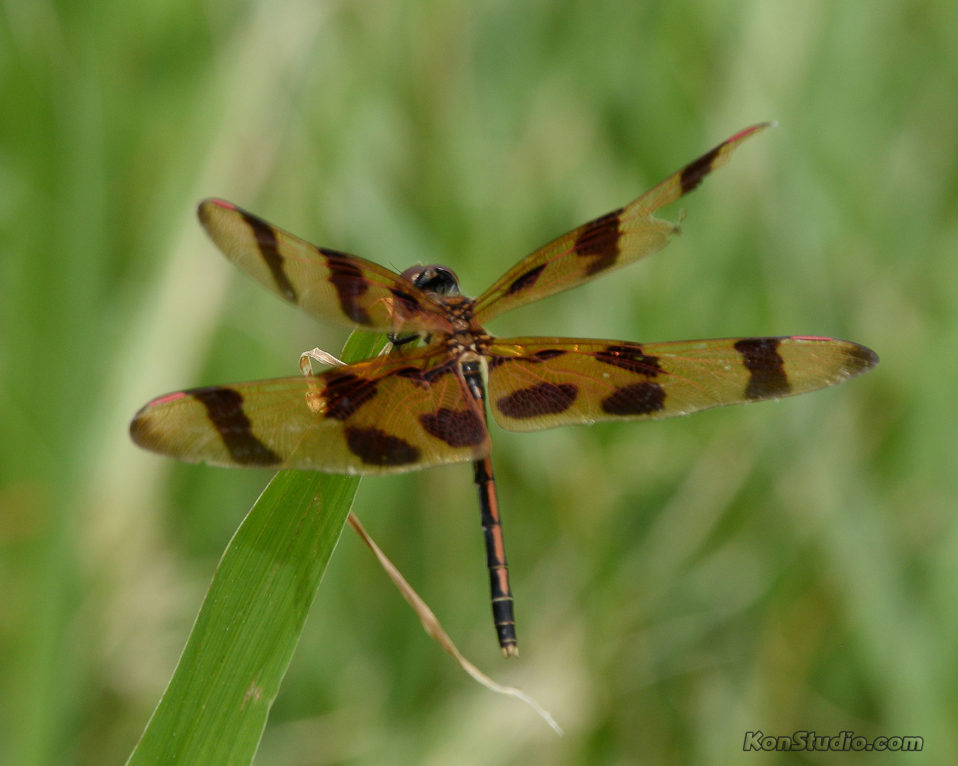
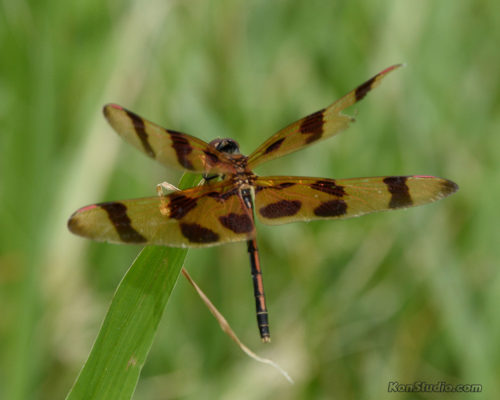
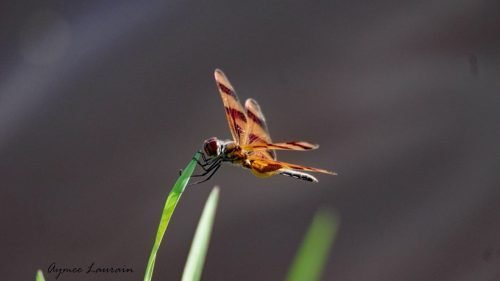
Recent Comments